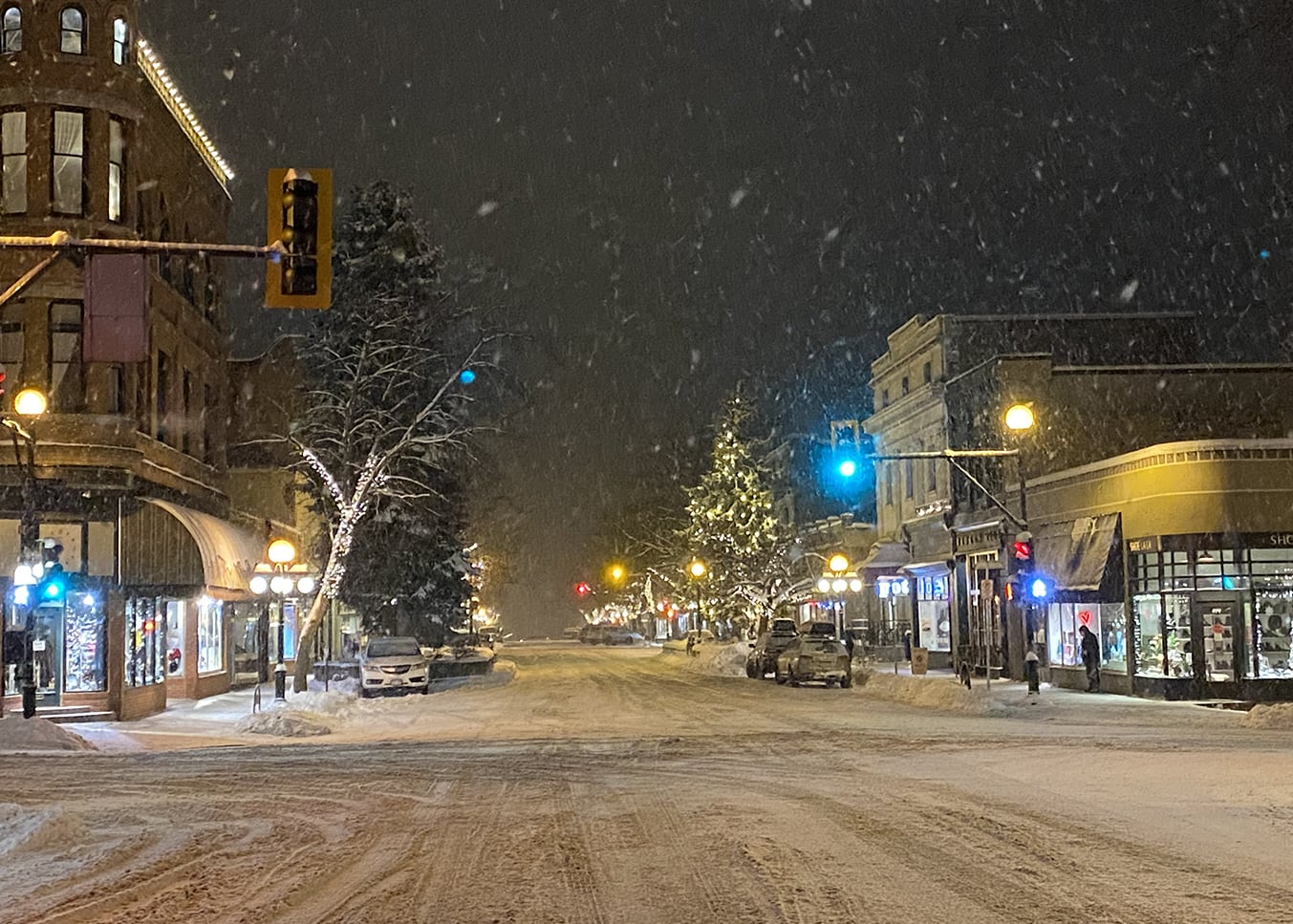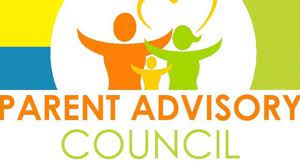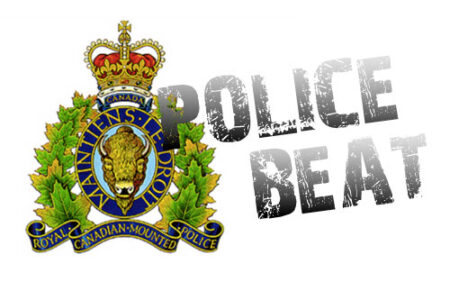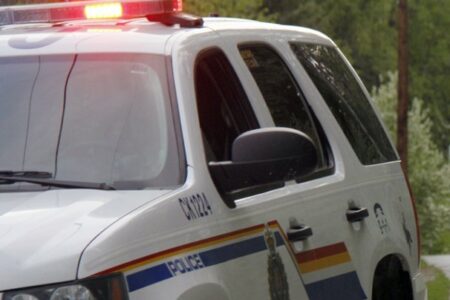Adopt safe winter driving practices in New Year
The drivers leave the hectic holiday season and enter 2022, more winter weather such as rain, ice, fog, and snow are expected to greet travelers on highways in and around the Heritage City creating a combination of factors that can increase risk.
That’s why the Winter Driving Safety Alliance reminds Nelson residents to adopt safe winter driving practices entering 2022.
The average number of casualty crashes due to driving too fast for the conditions more than doubles from fall to early winter in B.C., according to statistics on crashes reported to police from 2015-2019.
“Most crashes are preventable if we prepare and plan ahead for the conditions we will face,” says Louise Yako, spokesperson for the Alliance’s annual Shift into Winter campaign.
“Slowing down to match road conditions can save your life, the lives of people travelling with you, and the lives of others using the road, including pedestrians,” she says. “And that would be the best gift you could give anyone.”
The festive season typically sees people travelling to visit friends and family. Many people who drive as part of their job spend longer hours behind the wheel. And, particularly this year, drivers may travel unfamiliar routes or face changing road conditions as they share the road with sand trucks and snowplows.
To help Nelson and other Kootenay drivers reduce the risk of being in a crash entering the new year the Alliance offers these additional safety tips:
Don’t drive if it’s not essential when conditions are poor
Consider postponing trips if possible when winter conditions are hazardous. Your family and friends would rather have a video call from your home than get a call from the hospital telling them you’ve been injured in a crash. If the trip is work-related, remember that you have the right to refuse to drive in unsafe conditions.
Know before you go: Check conditions and plan your route
Visit DriveBC.ca for updated weather, traffic, and road conditions before leaving. Roads that are open now may close a few hours later. Select the safest route, travel during daylight if possible, and give yourself extra time to get to your destination. Tell someone where you’re going and when you expect to arrive.
Make sure your vehicle has four matched winter tires
The Alliance recommends tires that carry the 3-peaked mountain and snowflake symbol and have a tread depth of at least 3.5 mm. These tires offer the best traction on snow, ice, and in cold weather. They outperform M + S (Mud and Snow) tires at temperatures of 7C or lower.
Be prepared for holiday season driving
Take a fully-charged phone with you. Keep a winter driving emergency kit in your vehicle. Check window washer fluid. Clear all snow off your vehicle and wait for the windows to defrost completely before setting out.
Maintain a safe following distance of at least four seconds
Drive to the conditions – slow down and leave plenty of space between you and the vehicle ahead of you). It takes longer to stop on a slippery road. “Even the most experienced drivers can’t predict how their or the other drivers’ vehicle will react in snow or on ice,” Yako points out.
Use extreme caution when approaching highway maintenance equipment
Give plenty of time and space to plows and salt and sand trucks. Never pass them on the right and only on the left when it is safe and legal to do so.
For more information on holiday season winter driving safety, visit ShiftIntoWinter.ca. The 13th annual campaign is a joint provincial initiative supported by the Winter Driving Safety Alliance and managed by Road Safety at Work.
Photo Caption: Streets and highways in and around the Heritage City have seen its share of snow this winter, creating a combination of factors that can increase risk of accidents. — The Nelson Daily photo


























